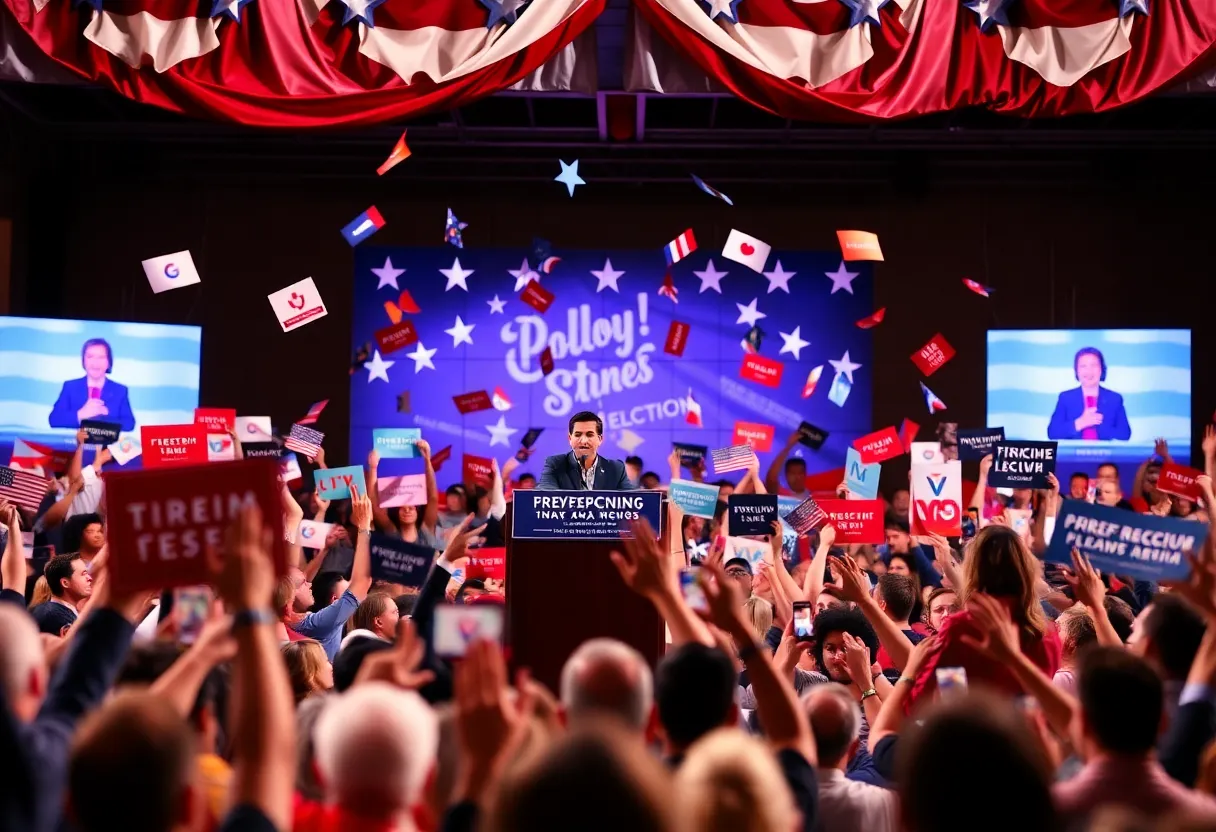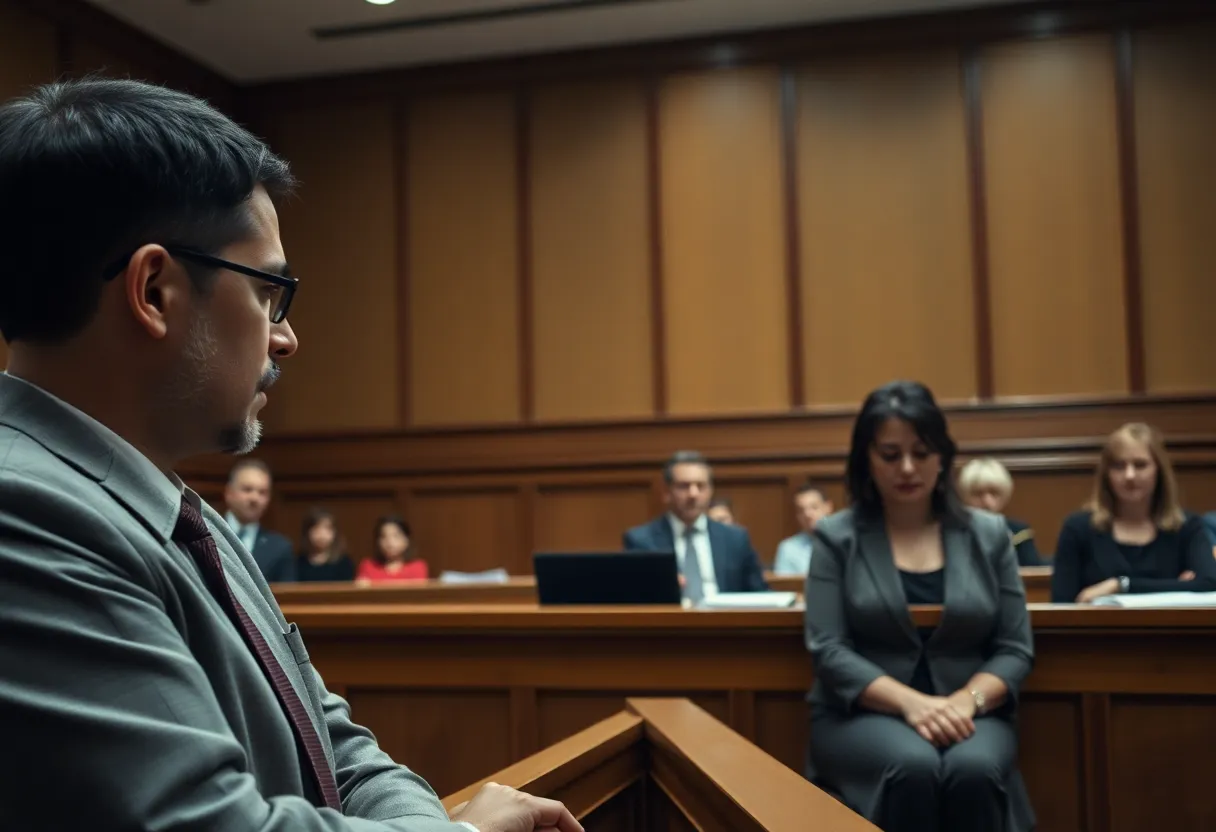Innovative Campaign Tactics in the Presidential Election: A Look Inside
As the dust settles from the recent presidential election, let’s zoom in on the vibrant and _colorful_ landscape of campaign strategies that unfolded, especially in Washington D.C.. The election showcased unique approaches from both candidates, but it was former President Donald Trump’s marketing game that truly stole the spotlight. His style can be summarized by the phrase “all in, all out, no holds barred,” revealing how the realm of marketing plays a pivotal role in shaping perceptions of candidates and influencing the greater American political psyche.
Trump’s Direct Line to Voters
One of the most striking aspects of Trump’s campaign was his heavy reliance on X (formerly Twitter), particularly under the leadership of Elon Musk. This social media platform allowed Trump to communicate directly with his supporters, bypassing traditional media. The charm of his approach was that it kept his base energized and engaged. However, this unfiltered communication style raised some eyebrows, as it had the potential to deepen societal polarization.
Yet, for many of his devoted followers, this directness provided a sense of authenticity that resonated well. In this election cycle, Trump also explored non-traditional avenues like Twitch, a platform mainly associated with gaming. By streaming rallies and speeches, Trump aimed to connect with younger, tech-savvy voters who typically might not engage with standard political coverage. Critics voiced concerns about politicizing a gaming platform, but on the flip side, this strategic move reflected a campaign ready to adapt to new digital spaces.
The Power of Podcasts
Podcasting became a buzzword when it came to connecting with voters more deeply this election season. Trump made waves by appearing on The Joe Rogan Experience, engaging in a three-hour, unfiltered discussion that showcased his story-telling flair. Meanwhile, Vice President Kamala Harris made her mark appearing on the Call Her Daddy podcast, signaling a more casual connection to voters. Podcasts cater to audiences who seek meaningful content, and both candidates utilized this to humanize themselves in the eyes of voters.
Unexpected Endorsements and Messaging
In another twist this election, Trump’s campaign received endorsements from some Muslim organizations in Michigan, a major battleground state. This was surprising, given Trump’s *controversial* history, notably the Muslim Ban. However, his localized messaging focused on issues like Middle Eastern peace appeared to resonate with specific segments of the community. This scenario sheds light on how strategic marketing can sometimes bridge significant divides, showing that for some voters, messages around contemporary issues can outweigh past grievances.
Influencers and Young Voter Engagement
Collaboration with social media influencers and content creators became another unexpected tactic for Trump’s camp. Figures like Logan Paul and Adin Ross drew younger, often disinterested voters into the political conversation. By engaging with popular streams or collaborating with well-known digital personalities, Trump’s team aimed to spark excitement and conversation among this demographic, even if the majority of young voters leaned Democratic. The campaign made a calculated effort to connect with younger audiences as even small shifts in voter sentiment could significantly influence tight election outcomes.
Redefining Political Marketing
As we look back at this election cycle, it’s apparent that Trump’s marketing strategy was a masterclass in utilizing direct communication and unconventional tactics. His approach through X, Twitch, podcasts, and influencer collaborations depicted a willingness to innovate. The effectiveness of these strategies remains to be seen as Americans prepare to cast their votes, but regardless of the outcome, Trump’s campaign emerged as a transformative example of how political marketing can shape narratives and potentially deepen societal divides.








